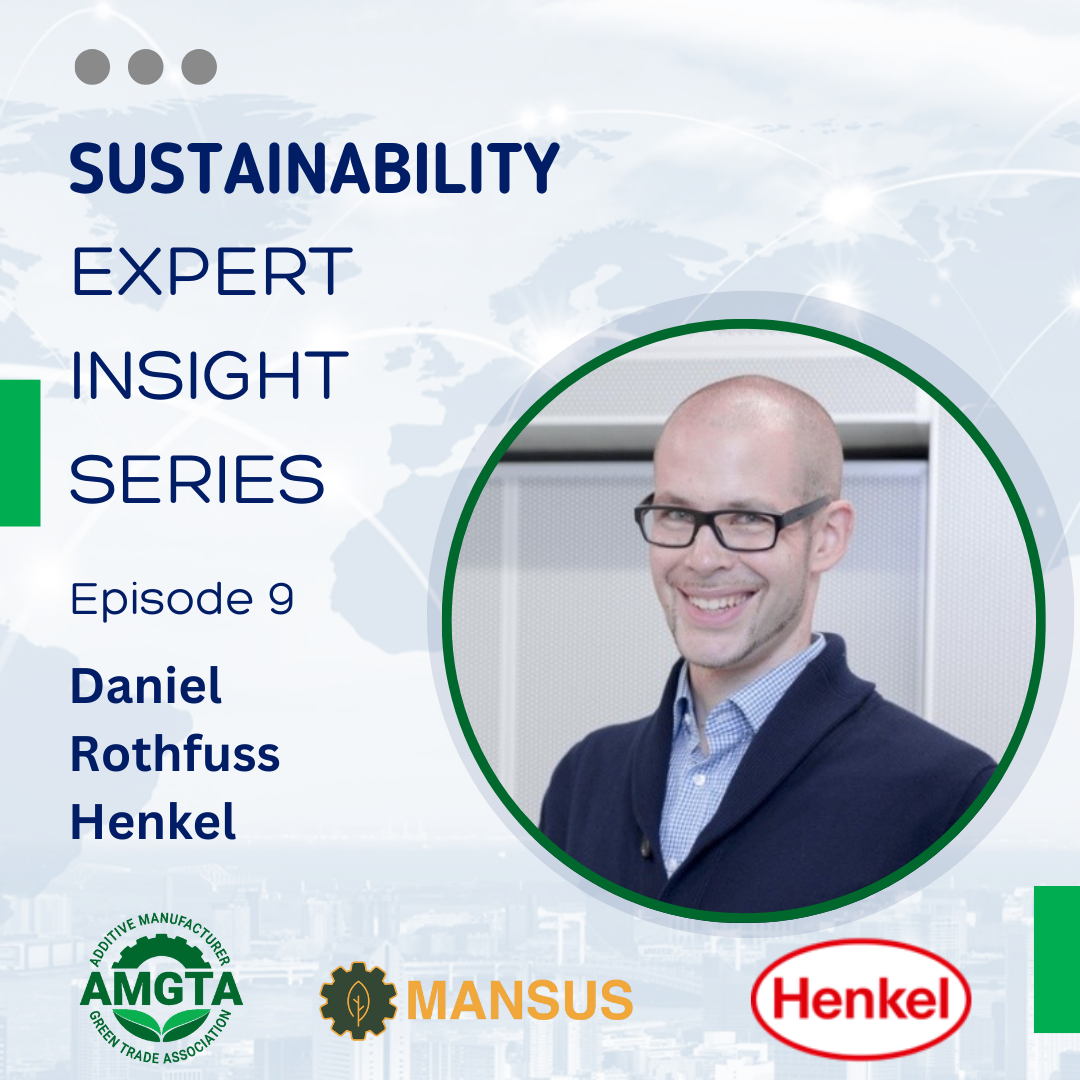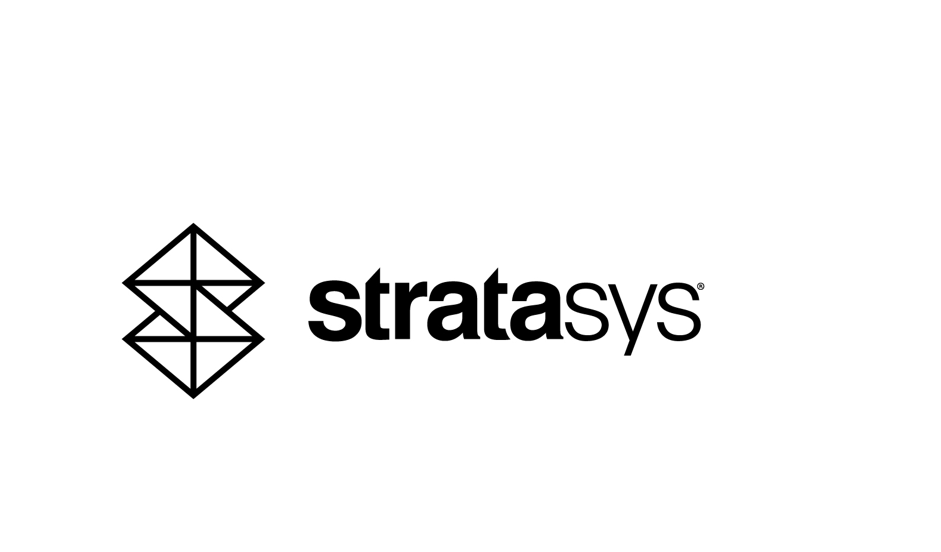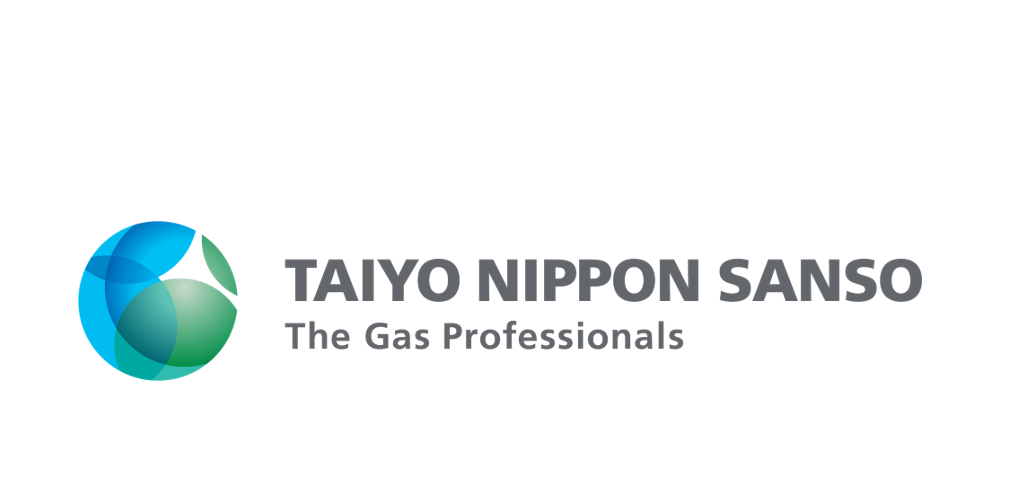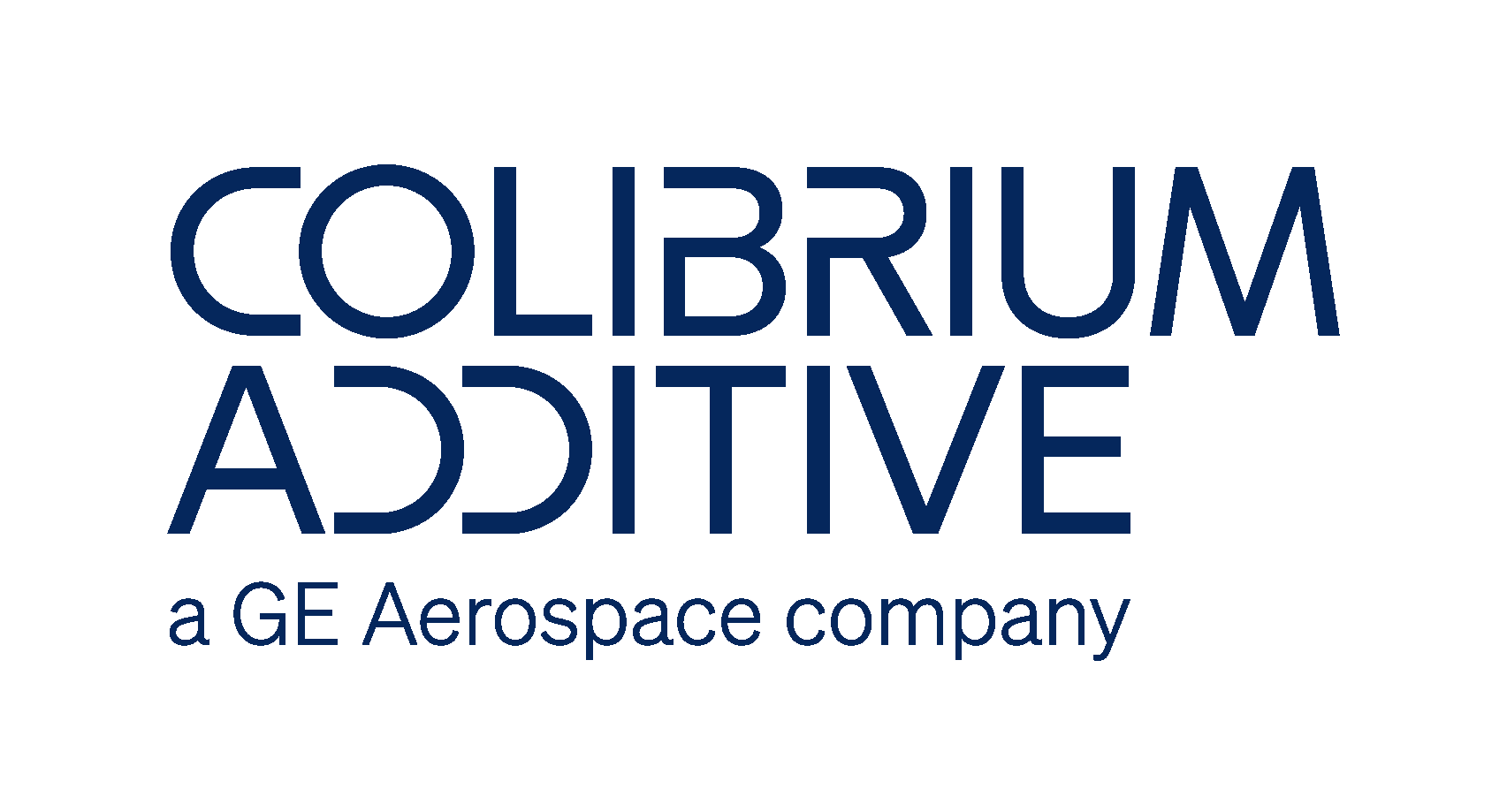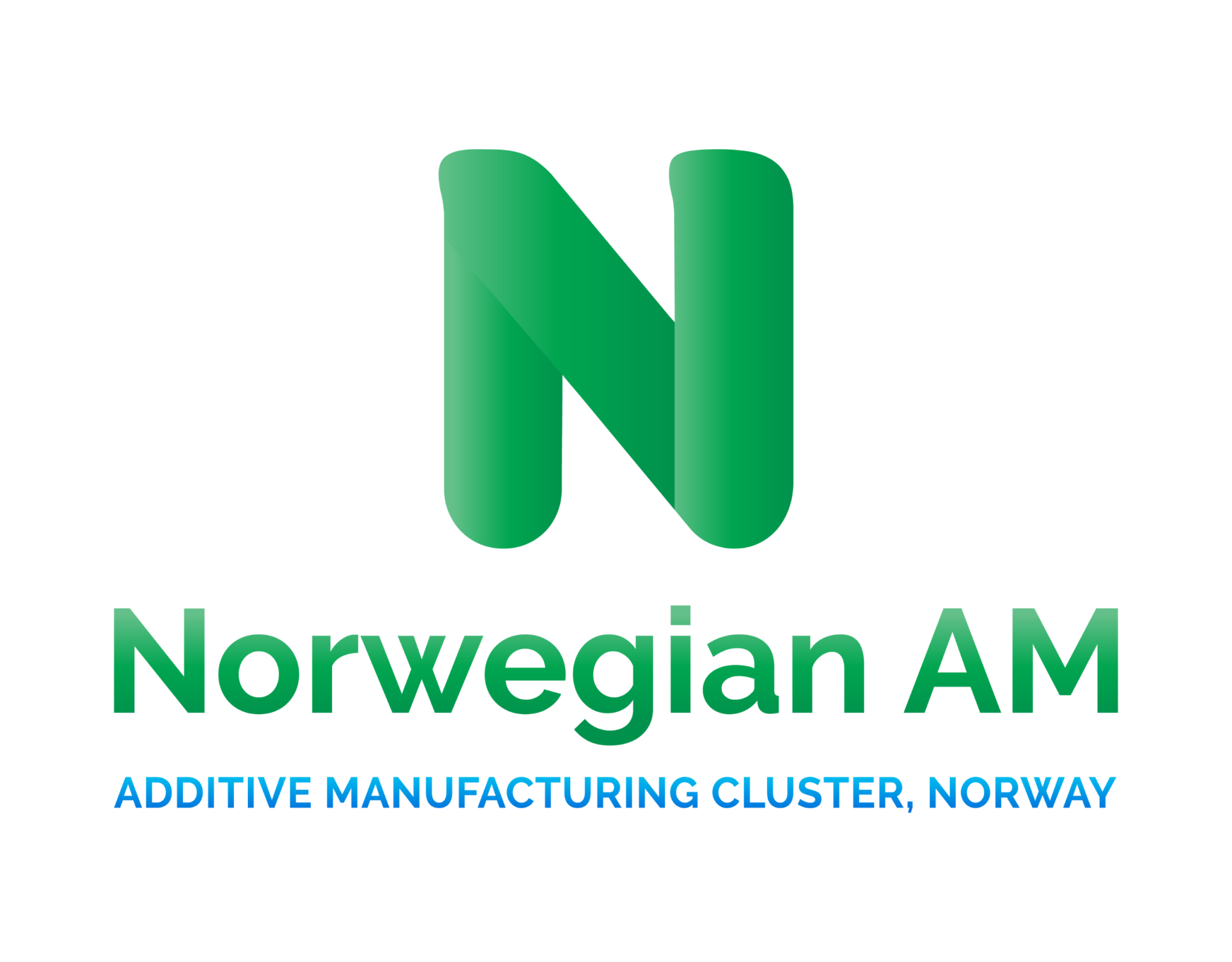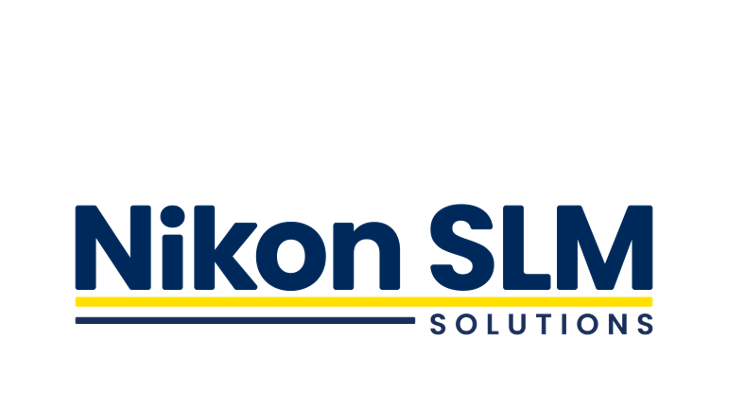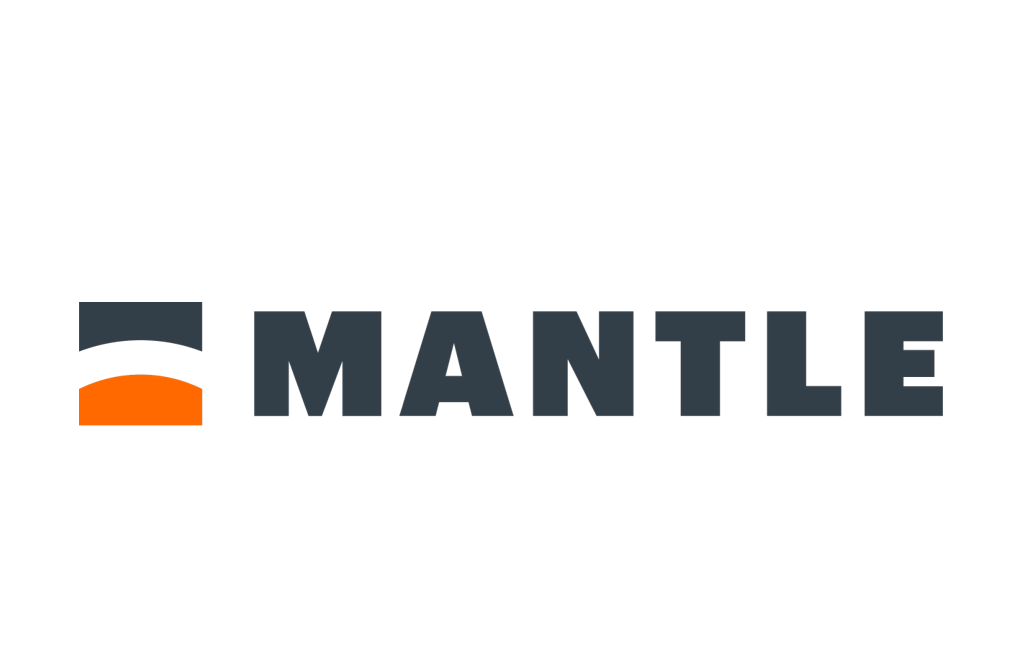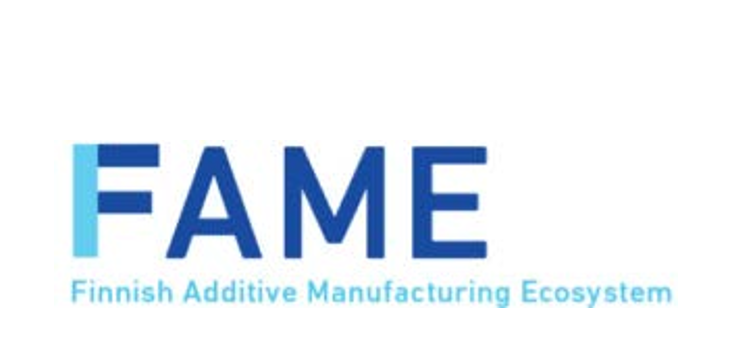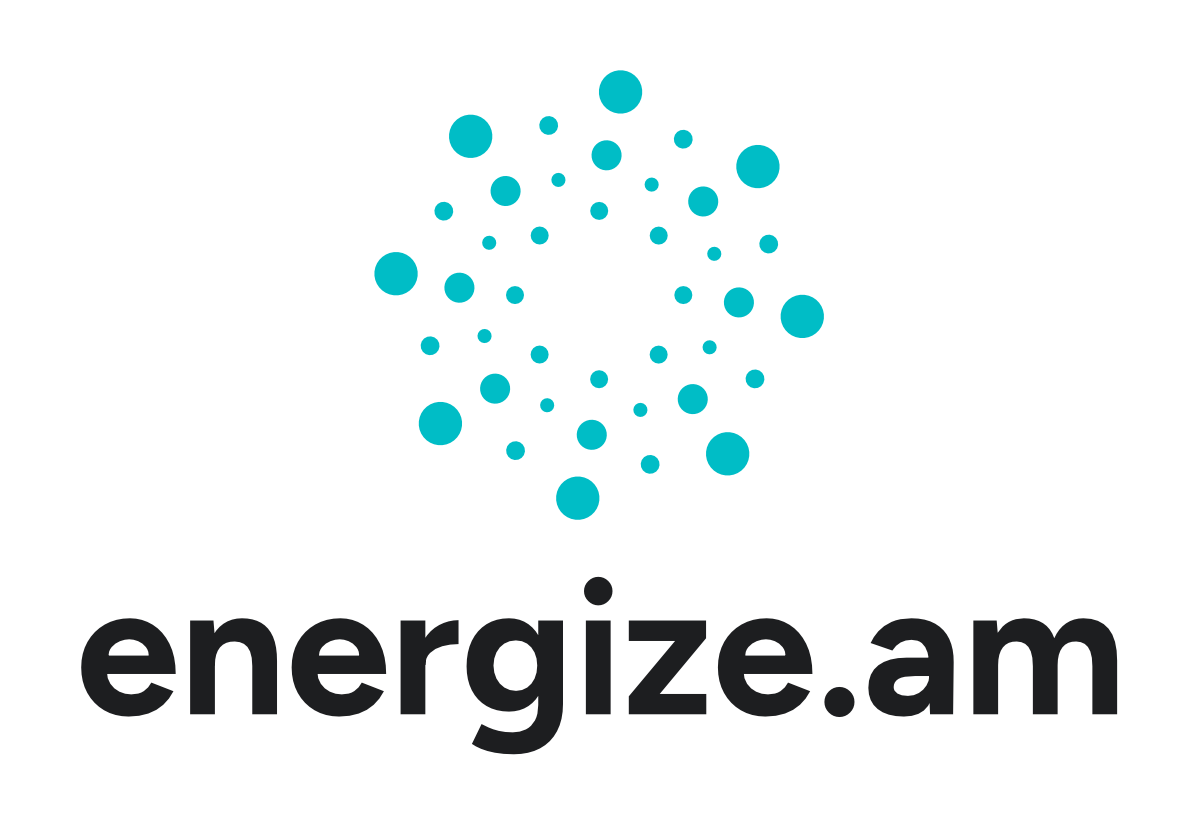March 4, 2025
Sustainability Expert Insights with Industry Expert Daniel Rothfuss.

This is the final episode of the AMGTA mini-series presented in collaboration with MANSUS. The nine-part series explores the advantages and transformative processes enabled by additive manufacturing (AM) technologies. Each episode dives deep into how AMGTA members are helping businesses achieve their sustainability and financial goals. Whether by providing solutions such as on-demand production in remote locations, reduced C02 emissions, reusable materials, higher quality parts production, producing lighter parts or cost-effective compact machinery AM innovation and strategic collaboration are driving sustainable change.
In this episode, Daniel Rothfuss, Global Head of Product Development & Application Engineering, Henkel, Loctite 3D Printing, shares how the company incorporates sustainability into their product designs to support their customers in creating a more sustainable future.
Unlocking New Potential
Henkel entered the additive manufacturing sector in 2016 and established a broad portfolio of high-performance engineering-grade materials for the DLP (Digital Light Processing) space. Through its UV-curing printing technologies, customers can unlock new additive manufacturing applications.
Sustainable Design: A Three-Step Approach
Three key principles facilitate sustainable design at Henkel: consumption reduction, increasing the lifespan of parts, and ensuring products contribute to a sustainable environment.
- Consumption Reduction: Henkel reduces consumption by validating its materials with a wide range of printers for approved workflows, sharing this data with customers to minimize trial and error and expedite production cycles.
- Increasing Product Lifespan: The company prioritizes the durability of its products, investing in research and validation to ensure they last longer. Henkel provides customers with technical data sheets detailing material durability, chemical resistance, and UV light exposure to help create lasting parts.
- Environmental Sustainability: Henkel ensures that its products are environmentally safe and compliant with regional regulations. The company works closely with raw material suppliers, continuously screening the market to identify more sustainable materials and sharing safety data sheets with customers to guarantee the materials are safe for environmental use.
Proactive Sustainability
Henkel takes a proactive approach to sustainability. In 2004, the European Union reclassified the photoinitiator TPO as a reproductive toxicant. Henkel proactively removed this product from specific raw materials in all products introduced to the market in 2022, ensuring that all its products are TPO-free.
In partnership with Nokia, Henkel developed repair solutions for electronic components that would typically be discarded, reducing scrap and minimizing waste. Additionally, Henkel conducted a materials Life Cycle Analysis for more sustainable eyewear, providing customers with data to show that using this new material would result in lower energy consumption and reduced CO2 emissions enabling customers to contribute to creating a more sustainable future.
The Power of Collaboration
Daniel shared that open and transparent communication is a significant part of success. It is important to challenge suppliers to create great materials that are also safe and have a limited impact on the environment. “Collaboration is important because it also means innovation,” stated Daniel.
“No company can tackle all of these very important questions we are facing for the future on its own. So, we need to team up and create partnerships built on mutual trust and here, we can share information. We can also share our potential bottlenecks, and more importantly, how we can overcome these hurdles and bottlenecks.”
The Importance of AMGTA and Additive Manufacturing as Part of The Bigger Picture
AMGTA is valuable to Henkel, offering a platform for exchanging information, sharing best practices, and advancing the collective goal of pushing additive manufacturing forward to meet industry-wide objectives.
“I perceive additive manufacturing as part of the bigger picture, because to ensure a more environmentally friendly society, we have to look at this from all different angles” shared Daniel. It is important to take a shared approach, and the more like-minded individuals we can find the more successful we will be in creating a better future for the planet.
Follow the complete series on our website or the MANSUS YouTube channel.

